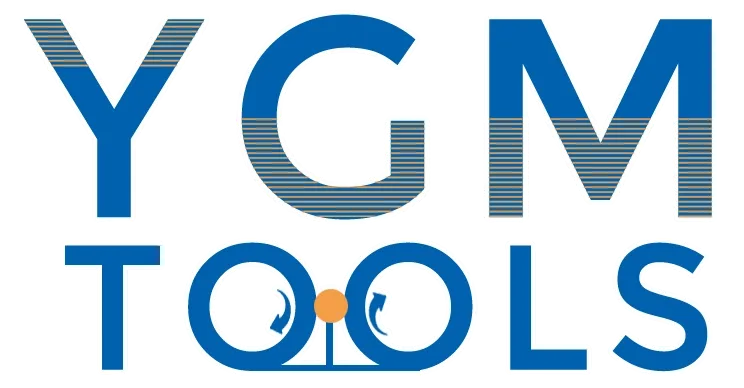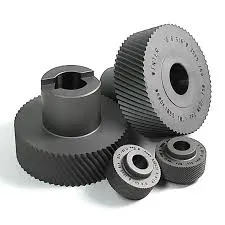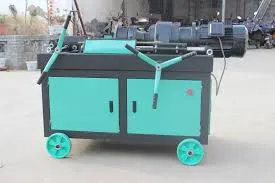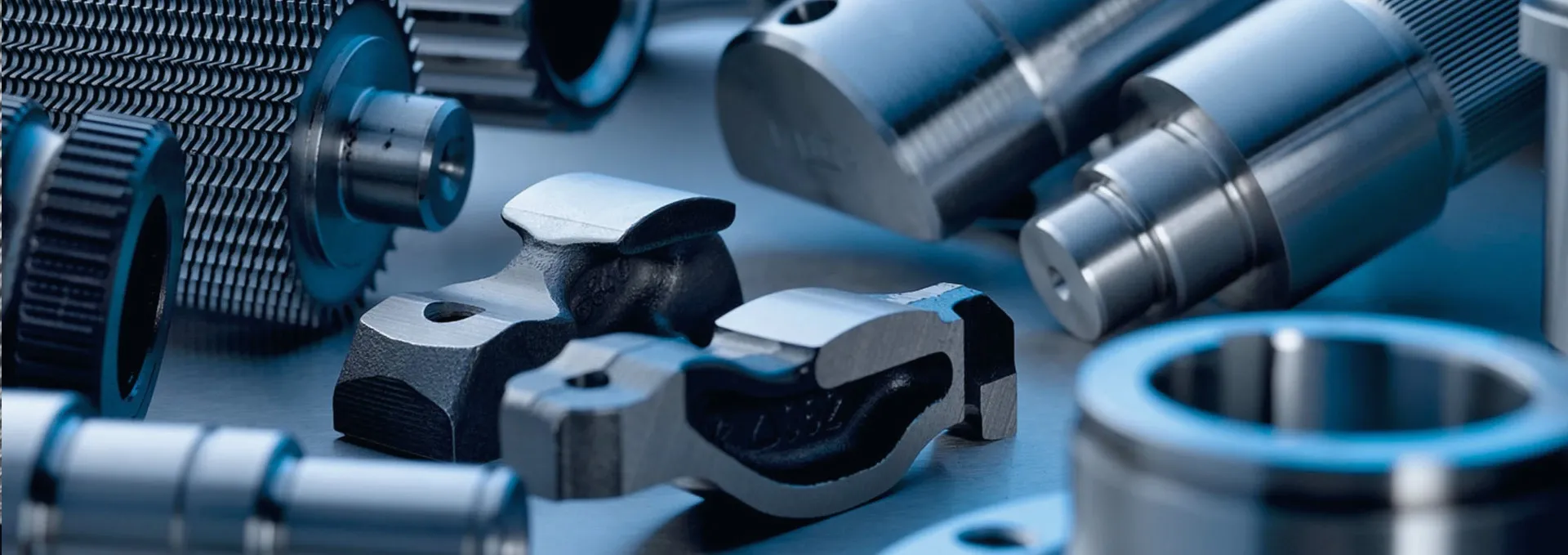
-
 Afrikaans
Afrikaans -
 Albanian
Albanian -
 Amharic
Amharic -
 Arabic
Arabic -
 Armenian
Armenian -
 Azerbaijani
Azerbaijani -
 Basque
Basque -
 Belarusian
Belarusian -
 Bengali
Bengali -
 Bosnian
Bosnian -
 Bulgarian
Bulgarian -
 Catalan
Catalan -
 Cebuano
Cebuano -
 Corsican
Corsican -
 Croatian
Croatian -
 Czech
Czech -
 Danish
Danish -
 Dutch
Dutch -
 English
English -
 Esperanto
Esperanto -
 Estonian
Estonian -
 Finnish
Finnish -
 French
French -
 Frisian
Frisian -
 Galician
Galician -
 Georgian
Georgian -
 German
German -
 Greek
Greek -
 Gujarati
Gujarati -
 Haitian Creole
Haitian Creole -
 hausa
hausa -
 hawaiian
hawaiian -
 Hebrew
Hebrew -
 Hindi
Hindi -
 Miao
Miao -
 Hungarian
Hungarian -
 Icelandic
Icelandic -
 igbo
igbo -
 Indonesian
Indonesian -
 irish
irish -
 Italian
Italian -
 Japanese
Japanese -
 Javanese
Javanese -
 Kannada
Kannada -
 kazakh
kazakh -
 Khmer
Khmer -
 Rwandese
Rwandese -
 Korean
Korean -
 Kurdish
Kurdish -
 Kyrgyz
Kyrgyz -
 Lao
Lao -
 Latin
Latin -
 Latvian
Latvian -
 Lithuanian
Lithuanian -
 Luxembourgish
Luxembourgish -
 Macedonian
Macedonian -
 Malgashi
Malgashi -
 Malay
Malay -
 Malayalam
Malayalam -
 Maltese
Maltese -
 Maori
Maori -
 Marathi
Marathi -
 Mongolian
Mongolian -
 Myanmar
Myanmar -
 Nepali
Nepali -
 Norwegian
Norwegian -
 Norwegian
Norwegian -
 Occitan
Occitan -
 Pashto
Pashto -
 Persian
Persian -
 Polish
Polish -
 Portuguese
Portuguese -
 Punjabi
Punjabi -
 Romanian
Romanian -
 Russian
Russian -
 Samoan
Samoan -
 Scottish Gaelic
Scottish Gaelic -
 Serbian
Serbian -
 Sesotho
Sesotho -
 Shona
Shona -
 Sindhi
Sindhi -
 Sinhala
Sinhala -
 Slovak
Slovak -
 Slovenian
Slovenian -
 Somali
Somali -
 Spanish
Spanish -
 Sundanese
Sundanese -
 Swahili
Swahili -
 Swedish
Swedish -
 Tagalog
Tagalog -
 Tajik
Tajik -
 Tamil
Tamil -
 Tatar
Tatar -
 Telugu
Telugu -
 Thai
Thai -
 Turkish
Turkish -
 Turkmen
Turkmen -
 Ukrainian
Ukrainian -
 Urdu
Urdu -
 Uighur
Uighur -
 Uzbek
Uzbek -
 Vietnamese
Vietnamese -
 Welsh
Welsh -
 Bantu
Bantu -
 Yiddish
Yiddish -
 Yoruba
Yoruba -
 Zulu
Zulu
Best Roller Threading Machine - High Precision & Durable Thread Roller Machines
- Introduction: Market Landscape and Demand for Best Roller Threading Machine
- Unraveling the Technical Superiority of Roller Threading Machines
- Comparative Analysis: Leading Manufacturers and Product Benchmarks
- Hydraulic Versus Mechanical Threading: Selecting the Optimum Solution
- Customization and Specialized Applications
- Case Studies: Industrial Applications of Advanced Thread Roller Machines
- Conclusion: Choosing the Best Roller Threading Machine for Your Needs

(best roller threading machine)
Introduction: The Surge for the Best Roller Threading Machine in Modern Manufacturing
The rapid evolution in component manufacturing and heavy industries has elevated the demand for high-performance threading solutions. The best roller threading machine
is now considered crucial for delivering consistent, reliable threads on shafts, rods, and pipes used across sectors such as automotive, aerospace, construction, and oil & gas. Current industry analysis indicates a compounded annual growth rate (CAGR) of 5.8% in the threading machinery sector over the last five years, with the hydraulic threading segment showing marked adoption due to its high force output and precise result delivery.
Industries are not only seeking efficiency but also flawless surface finish, minimized tool wear, and accelerated production cycles. The focus has moved from basic threading machines to advanced thread roller machines boasting innovative features and technical enhancements. With production tolerances tightening year-on-year and downtime contributing to up to 12% of operational losses, investments in superior threading machinery have become a top priority for manufacturers worldwide. Given these market trends, understanding the landscape and benchmarking the standout performers becomes essential.
Technical Superiority: How Advanced Threading Machines Make a Difference
The best roller threading machines integrate cutting-edge engineering, resulting in significant leaps in performance and durability. Typically, these machines apply a cold-forming process, which induces strain hardening—strengthening threads without material loss. Technological advancements have produced machines with up to 97% threading consistency, allowing batch production of threaded parts with near-zero defects.
Modern machines feature programmable logic controllers (PLCs) and human-machine interfaces (HMIs) for precise operation and repeatability. Innovations in hydraulic drives deliver up to 320 kN force, facilitating threads in hardened steel up to 60 HRC. With real-time process monitoring and automatic tool compensation, scrap rates drop below 1%, a drastic improvement over legacy systems.
Additionally, ergonomic machine design and vibration isolation lead to noise-level reductions of up to 43% versus conventional machines, ensuring better workplace safety and operator satisfaction. Table 1 illustrates key technical specifications across top-of-the-line models:
| Model | Threading Range (mm) | Max Force (kN) | Cycle Time (sec) | Repeatability (%) | Noise Level (dB) |
|---|---|---|---|---|---|
| HydraX Pro 420 | 6-42 | 320 | 14 | 97 | 64 |
| MechRoll Supreme | 8-36 | 270 | 15 | 95 | 71 |
| FastThread Elite | 4-30 | 240 | 13 | 94 | 67 |
Comparative Analysis: Manufacturer Benchmarking
Selecting the best thread roller machine requires a nuanced understanding of both machine-specific and brand-wide capabilities. The global threading equipment market is dominated by a few key manufacturers:
- Manufacturer A – Focuses on high-precision hydraulic threading solutions, known for reliability and extended service intervals.
- Manufacturer B – Specializes in mechanical threading, emphasizing versatility and compact footprints.
- Manufacturer C – Pioneer in automated thread roller lines, catering to high-throughput industrial applications.
To facilitate a data-driven comparison, Table 2 presents a snapshot of core parameters across these manufacturers' flagship machines:
| Manufacturer | Flagship Model | Control System | Power Consumption (kW) | Annual Maintenance Cost ($) | Warranty (Years) |
|---|---|---|---|---|---|
| Manufacturer A | HydraX Pro 420 | PLC + HMI | 6.8 | 1,350 | 2 |
| Manufacturer B | MechRoll Supreme | Digital Panel | 5.2 | 1,700 | 1.5 |
| Manufacturer C | FastThread Elite | PLC | 7.1 | 1,250 | 2.5 |
Manufacturer A leads with a balanced combination of energy efficiency and digital control, reducing operator training time by 32%. Manufacturer C, meanwhile, offers the most attractive warranty coverage and remarkably low long-term maintenance costs, favoring it for large-scale manufacturers seeking minimal downtime.
Hydraulic vs Mechanical: Optimal Threading Solutions
The choice between a best hydraulic threading machine and a mechanical roller threading system depends heavily on application-specific requirements. Hydraulic threading machines are unrivaled in delivering uniform pressure for forming threads in high-tensile materials or large diameters — achieving up to 25% higher thread density compared to mechanical alternatives.
In contrast, mechanical thread rollers excel in operation speed and simplicity, often preferred in mid-to-low volume settings or where electrical infrastructure is limited. A recent technical study highlighted that hydraulic systems outperform in consistent thread geometry, maintaining a Cpk process capability index above 1.8, whereas mechanical systems generally hover around 1.4.
Table 3 further clarifies the operational differences:
| Parameter | Hydraulic Threading | Mechanical Threading |
|---|---|---|
| Typical Application | Heavy-Duty, High-Volume | Medium-Volume, Flexible |
| Cycle Time (sec) | 14-16 | 12-20 |
| Repeatability (%) | 97 | 92 |
| Tooling Change Time (min) | 7 | 5 |
| Noise Level (dB) | 64-70 | 71-75 |
For operations requiring supreme thread strength and procedural consistency, hydraulic threading stands as the optimal choice, whereas mechanical threading machines retain their place in versatile, cost-sensitive production lines.
Customization and Specialized Solutions in Roller Threading
The best roller threading machines are often tailored to accommodate unique operational requirements. Customization capabilities span from modular die clamps to integration with automated loading systems and bespoke safety interlocks. According to a 2023 survey, over 58% of large-scale manufacturers requested threading machine customizations for compatibility with in-house automation and quality assurance protocols.
Some manufacturers provide adaptive servo drives, which dynamically alter threading parameters based on in-line measurement feedback, achieving dimensional tolerances as tight as ±0.018 mm. Custom thread profiles, multi-start threads, and variable pitch solutions are now part of offerings from top manufacturers, ensuring adaptability across diverse product lines.
Such custom solutions reduce part handling time by up to 40% and allow integration with MES (Manufacturing Execution Systems) for seamless monitoring. End-users also cite a 31% reduction in non-conformance parts when deploying machines with dedicated part-recognition and auto-correction algorithms.
Case Studies: Industrial Deployments of High-End Thread Roller Machines
Practical applications demonstrate the transformative impact of advanced thread roller machines. In the automotive sector, a Tier-1 supplier incorporated the HydraX Pro 420 for axle production, reducing threading-related rework rates to below 0.6% and increasing throughput by 27%. The machine’s PLC-driven defect alerting helped optimize quality inspections and production flow.
Aerospace component manufacturers deploying FastThread Elite have reported 98.5% dimensional consistency across 5 million production cycles, crucial for meeting stringent regulatory standards. The integration of automated workpiece feeders cut manpower requirements by 22%, accelerating ROI within the first 18 months of operation.
A steel fabrication plant switched from conventional mechanical threading units to MechRoll Supreme. This decision led to a drop in maintenance incidents from an average of 18 per quarter to just 4, slashing downtime and annual repair spending by 63%. In high-mix, low-volume manufacturing, custom die sets enabled flexible production runs with minimal tool changes, maximizing asset utilization.
Conclusion: Achieving Manufacturing Excellence with the Best Roller Threading Machine
Investing in the best roller threading machine is more than a procurement choice—it is a strategic move towards operational excellence, process stability, and quality assurance. Companies who prioritize leading-edge hydraulic threading or advanced thread roller machines can expect lower scrap rates, reduced downtime, and an overall increase in productivity, as supported by the extensive technical and operational data reviewed.
Selection should be guided by operational demands, required output specifications, and a detailed assessment of the customizability and support offered by the manufacturer. As industry standards progress and global competition intensifies, the drive for the best roller threading machine and related high-performance equipment will shape the next era of manufacturing innovation.

(best roller threading machine)
